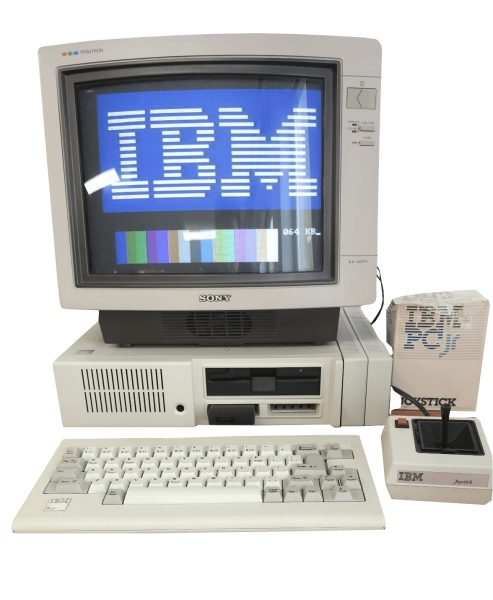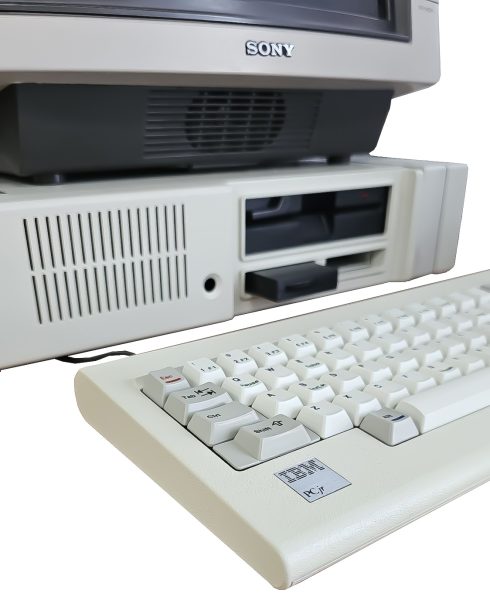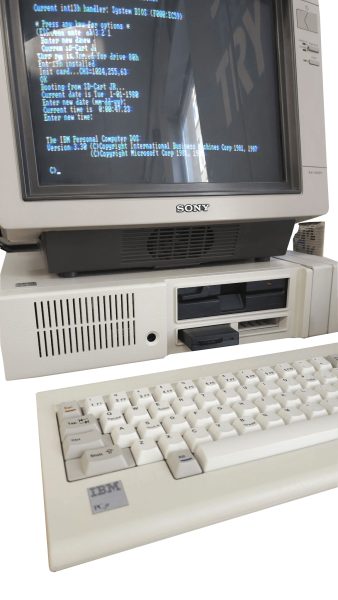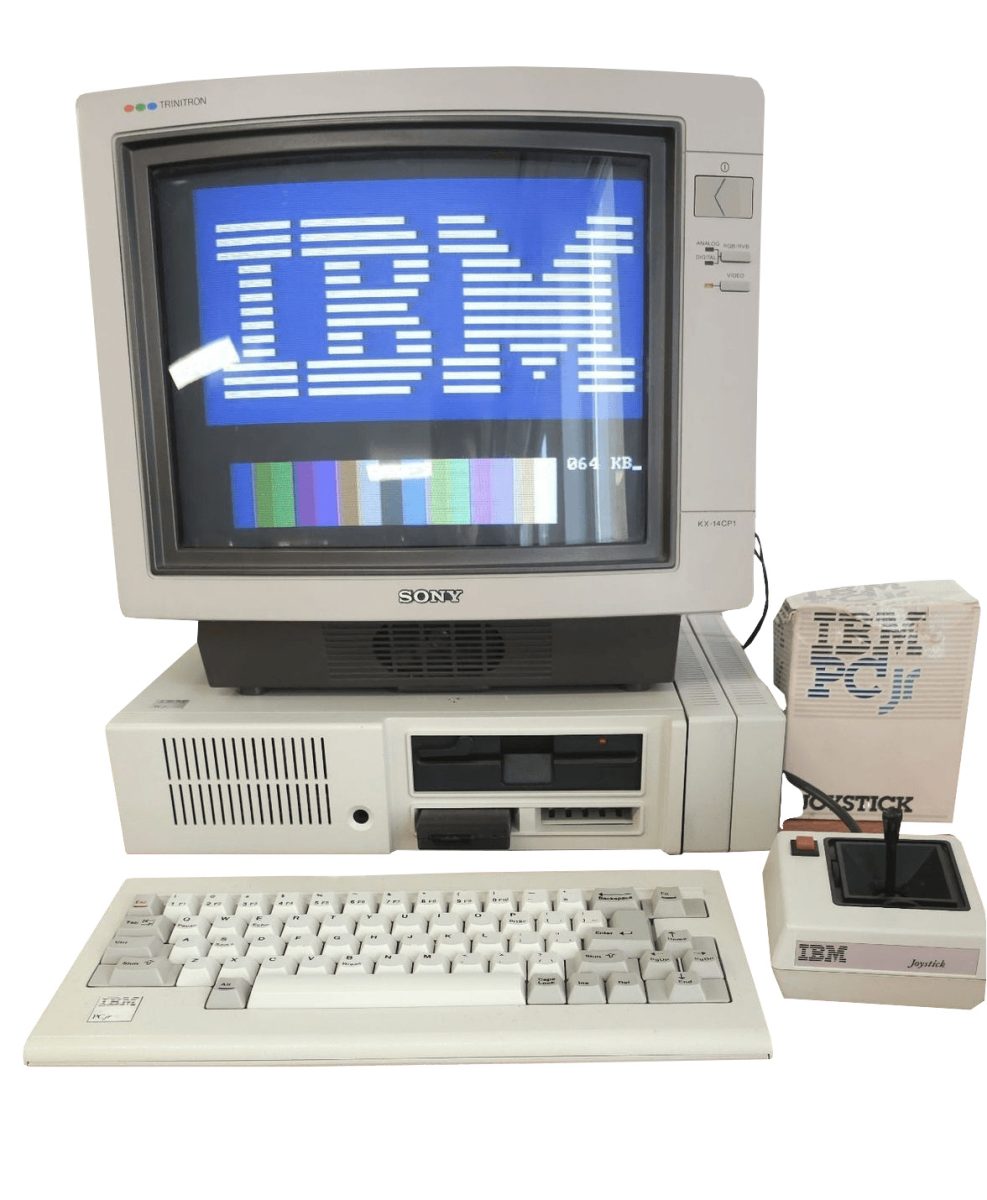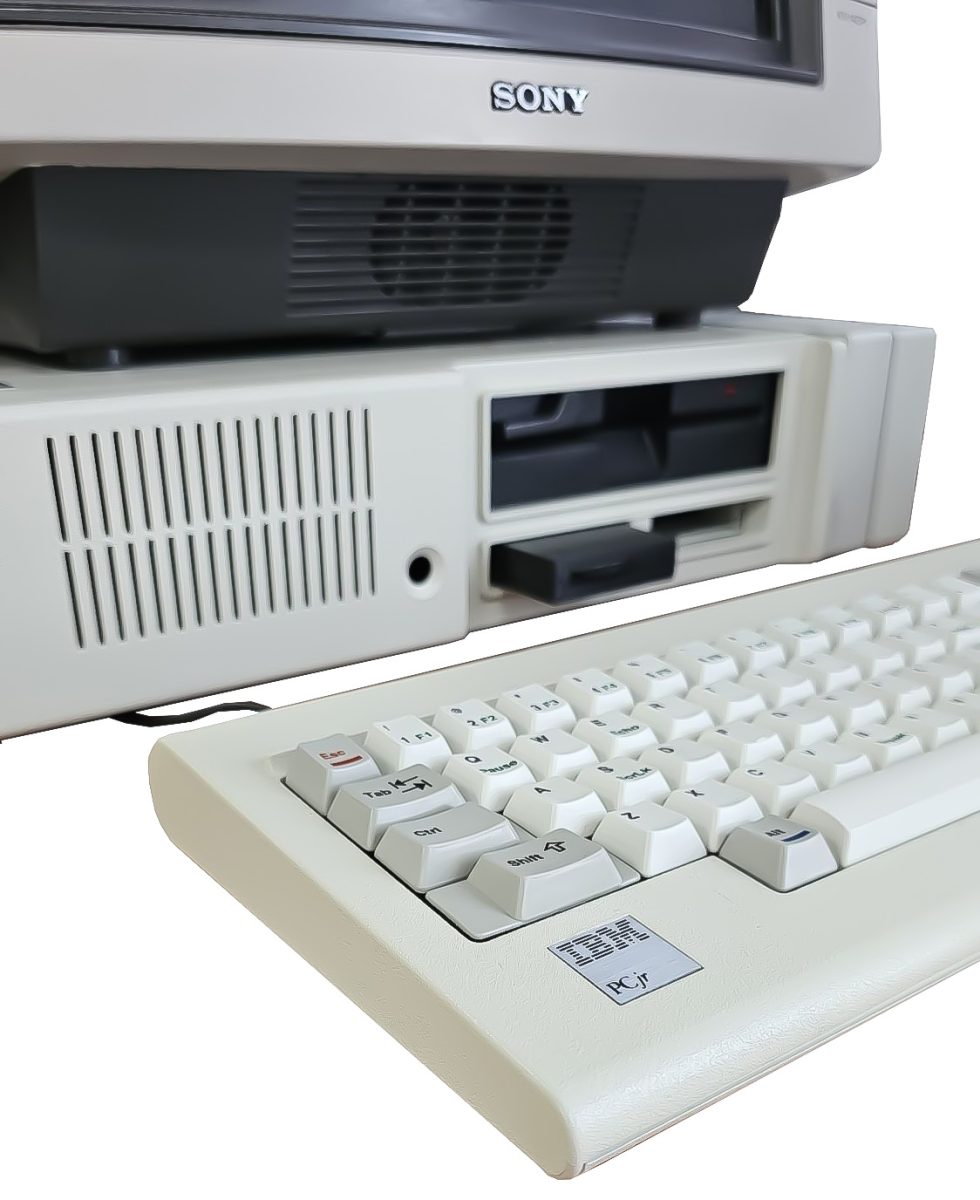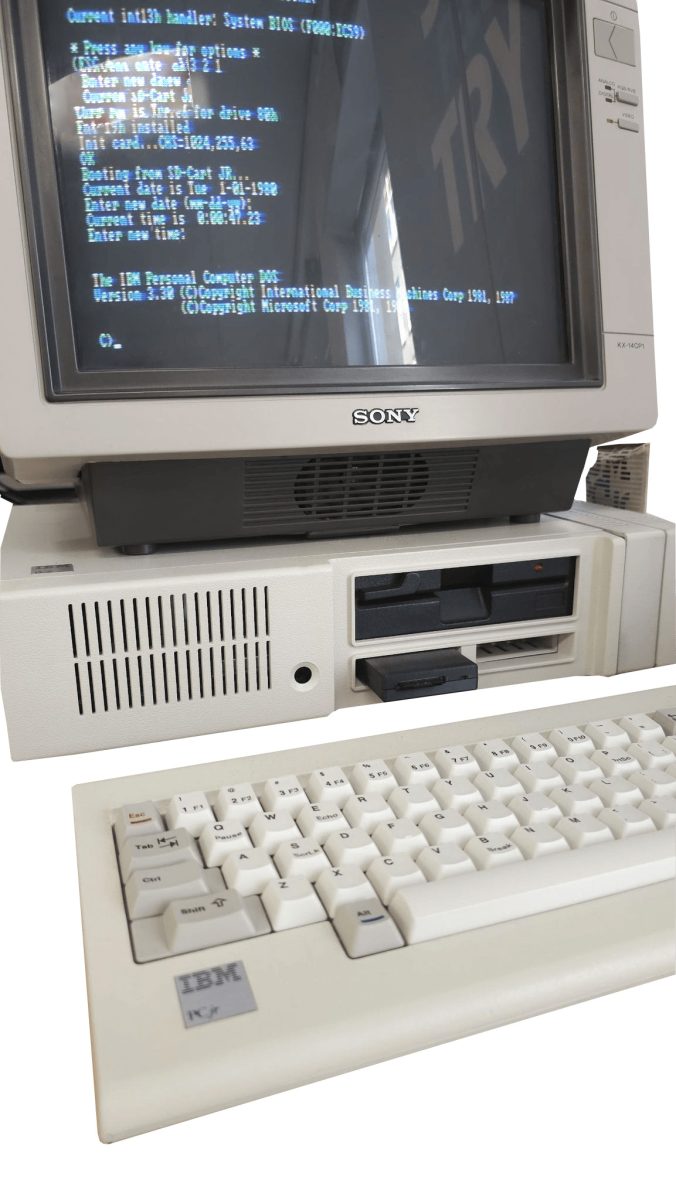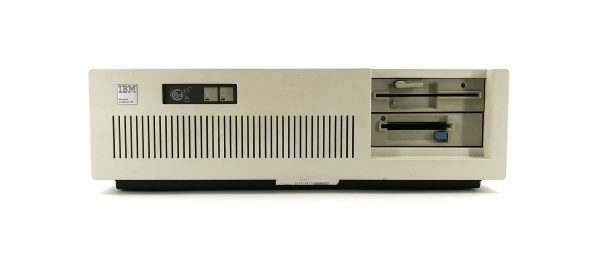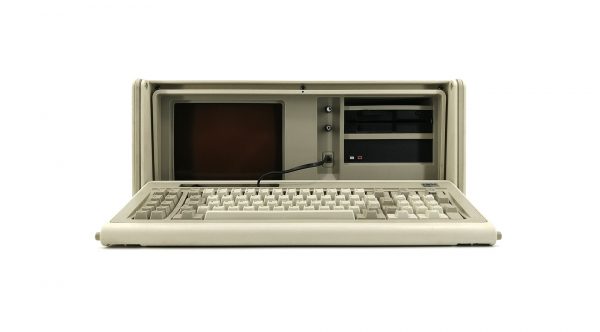IBM PCjr (PC Junior)
The IBM PC Junior, also known as the IBM PCJr or PCjr, was a home computer introduced by IBM in March 1984. It was intended to be a lower-cost version of the popular IBM Personal Computer (PC) and aimed at the consumer market.
IBM PCjr (PC Junior)
The IBM PC Junior, also known as the IBM PCJr or PCjr, was a home computer introduced by IBM in March 1984. It was intended to be a lower-cost version of the popular IBM Personal Computer (PC) and aimed at the consumer market.
Development of the IBM PC Junior began in 1982 as a project called "Peanut" within IBM. The goal was to create a cheaper and more user-friendly computer suitable for home use. The PC Junior was equipped with a keyboard with built-in infrared wireless controller, a colorful graphical interface and a cartridge port for playing games.
The IBM PC Junior was positioned as a home computer for families and for educational purposes. It had a graphical user interface called "PCjr Cartridge BASIC" and could be used for tasks such as word processing, playing games, and basic programming. The system came with some built-in applications and could be expanded with additional software via cartridges.
Unfortunately, the IBM PC Junior did not prove to be a great success, and there are several reasons why this was the case:
- High price: Despite being intended as a cheaper version of the IBM PC, the PC Junior was still relatively expensive. The price was in the same range as other more advanced computers, leading many consumers to prefer other options.
- Limited compatibility: The PC Junior was not fully compatible with software developed for the IBM PC. Many existing programs did not work on the PC Junior due to different hardware configurations, making it difficult to find software specifically adapted for the PC Junior.
- Poor keyboard: The PC Junior's keyboard was criticized for its poor quality. It was smaller and less comfortable compared to the IBM PC's keyboard, making typing more difficult. In addition, there were many connection problems due to the infrared keyboard.
- Competition from other systems: By the time the PC Junior was introduced, there were already other popular home computers on the market, such as the Apple II series and the Commodore 64. These systems were often cheaper and had a larger software library, making the PC Junior had a hard time getting noticed.
As a result of these factors, the IBM PC Junior was discontinued after about a year, in March 1985. Although it was not a commercial success, the PC Junior is still remembered as an interesting example of IBM's early attempt at creating a home computer. It emphasized the importance of pricing, compatibility and ease of use for success in the consumer market.
In the year that the PC Junior was active, Tandy created a clone. This clone proved to be more compatible with the IBM PC, as well as having a standard wired keyboard, more memory, and easier expansion using IBM's ISA standard. This computer is the Tandy 1000.




